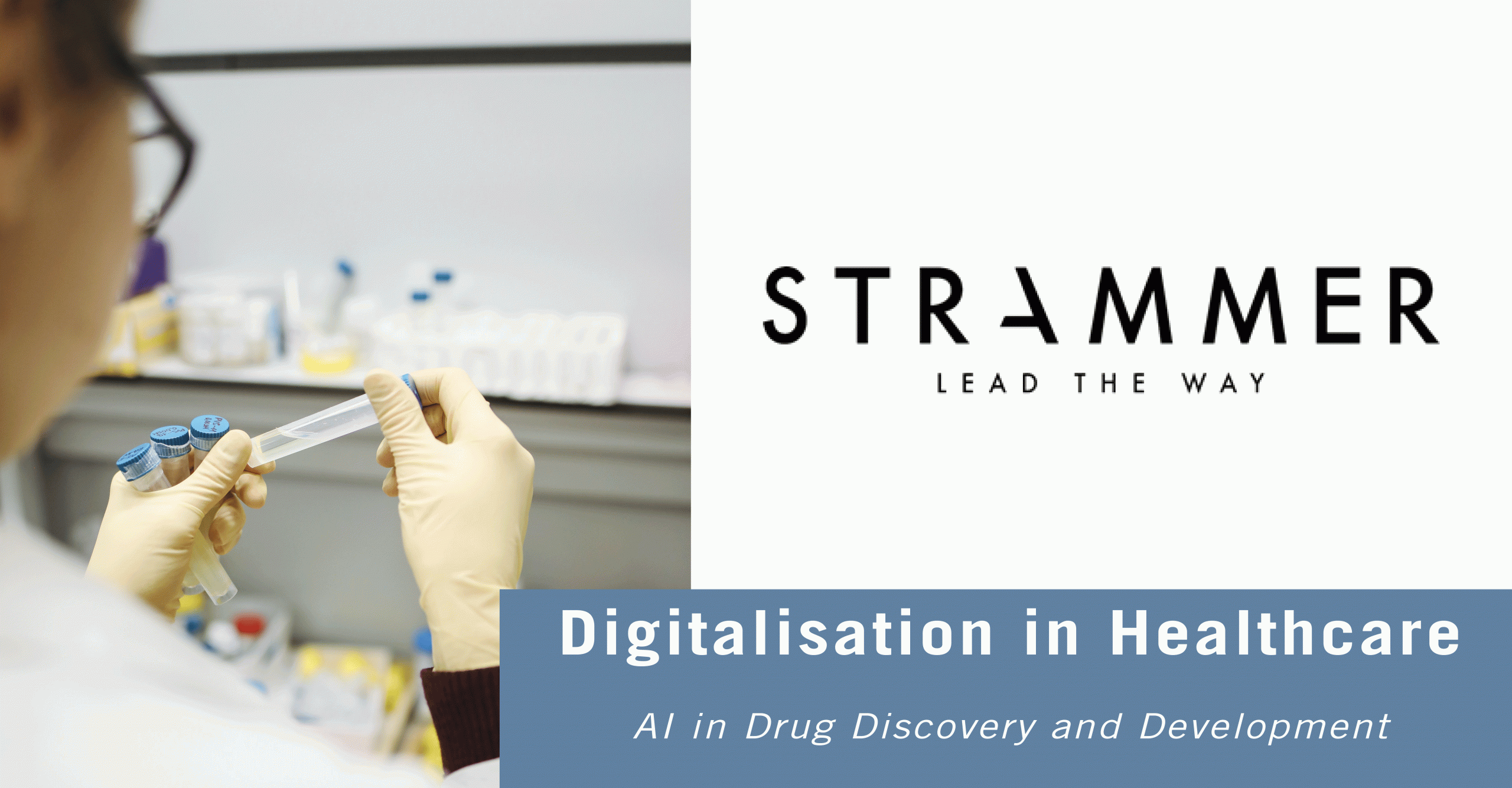Challenges and Opportunities of AI in R&D
Bringing a drug to market is a hugely costly process. It is also becoming increasingly lengthier, and this is a major challenge for pharma companies. To stay competitive and meet market demands, improving the efficiency and productivity of their activities is an important priority.
AI and the ever-increasing availability of data present opportunities to do exactly that. Through technological developments and the aid of intelligent machines, it is believed that companies can boost the capabilities of human scientists and meet the demands of the competitive pharmaceutical environment.
While currently there is more extensive use of AI in certain areas of healthcare like imaging, pharma leaders recognise its huge potential in R&D. Recent research by GlobalData found that 48% of pharma management professionals thought that R&D, out of all the parts of the value chain, will experience the most benefit from digital transformation.
However, companies must embrace new ways of working to profit from the many applications of AI in drug discovery and development. They must overcome certain barriers, like data silos and technological expertise gaps, to boost their preparedness to integrate emergent technologies. In this article we will look at both the opportunities and challenges of AI in R&D.
In terms of opportunities, AI could automate time-consuming processes, which could save human scientists’ valuable time. Specifically, in the drug discovery stage, machine learning could help identify promising molecules much faster. While it might take a human weeks or months to scrutinise data from past studies, machine learning tools could complete analyses in as little as a few hours. This would enhance company productivity and reduce the time for a drug to reach and impact patients.
AI may also help companies to reduce high candidate failure rates, which amount to a huge cost burden in the drug development cycle. Currently, 9/10 drugs fail to make it past phase II of clinical trials. In the drug screening phase, predictive modelling could help companies select candidates with a high chance of passing the testing process and receiving final approval from regulators.
Trial recruitment is another costly area in which AI could bring productivity improvements. Specifically, finding eligible trial participants is a significant challenge for companies, and Natural Language Processing (NLP) could help companies by scanning doctors’ healthcare reports to find suitable trial participants. Additionally, another NLP tool called DQueST, developed by Chunhua Weng and her team, was designed to help patients find trials themselves by converting trial specifications into straight forward language, helping to combat accessibility barriers.
When it comes to key challenges of digitalisation, raising skills and digital capabilities is an important priority. Such is the case that to deliver scaled solutions more immediately, many pharma companies have looked towards partnerships with biotech companies, who can often offer advanced digital expertise. However, It is not just about acquiring hard skills. Some believe industry and organisational cultural shifts are needed, as well. Jackie Hunter, CEO of BenevolentBio, a developer of AI for use in drug discovery, said:
“The challenges are cultural and social, not just technological. Biologists must be open to the value that machine learning and data crunching can bring to their endeavour...Big pharma needs to embed a more data-driven approach across all departments…to really benefit from what computing power and data analytics can bring to drug R&D.”
Other barriers to digital transformation are data and organisational silos. In an OpenText survey in 2020, 35% of pharma executives said that silos were an issue for them, and they were still working largely on paper-based systems. Thus, transitioning to digital systems will be essential in enabling companies to utilise the opportunities of AI.
To conclude, embracing AI and digital disruption in pharma may require change across many areas, from skills to mindset to organisation structure. If companies measure their current stage of digitalisation, they can assess at what point they are at in their evolution. This will allow them to set goals and implement strategies to help boost their chances of success in the challenges ahead.
References:
- Pharma Industry in the Age of Artificial Intelligence: The Future is Bright, May 2020, Iolanda Bulgaru, Healthcare Weekly.
- An AI boost for clinical trials, September 2019, Marcus Woo, Nature.
- Keeping It Real: Challenges And Benefits Of Integrating AI And Machine Learning Into Pharma R&D, January 2020, Tom O’Leary, BioITWorld.





